BY DEFENCE JOURNALIST SAHIL | T.I.N. NETWORK
Forging Maritime Synergy: Indian Coast Guard Unites Industry Giants to Reshape Fleet Support Ecosystem
New Delhi | October 8, 2025:
In a decisive stride toward maritime self-reliance and operational resilience, the Indian Coast Guard (ICG) convened some of the nation’s most formidable maritime industry players under one roof for a landmark conference titled “Collaborative Fleet Support”, held at the Coast Guard Headquarters in New Delhi on Wednesday.
The high-impact conclave, chaired by Inspector General Sudhir Sahni, TM, Deputy Director General (Materiel and Maintenance), marked a major step in the ICG’s ongoing transformation to build a fully indigenous, agile, and technology-driven fleet support architecture. As the maritime environment becomes increasingly complex and dynamic, the Coast Guard’s focus has shifted from reactive maintenance to proactive readiness — ensuring that every vessel remains mission-capable at all times with minimal downtime.
A Vision Rooted in Atmanirbhar Bharat
The conference underscored India’s long-term vision of Atmanirbhar Bharat in the maritime sector — a doctrine that seeks to reduce dependence on imported systems, enhance domestic manufacturing, and empower Indian shipyards and Original Equipment Manufacturers (OEMs) to sustain and upgrade the country’s growing maritime assets.
IG Sahni, in his opening address, outlined the central theme of the deliberations — “Operational availability is no longer a technical parameter; it is a strategic necessity.” He highlighted how logistics and maintenance frameworks, often taken for granted, form the invisible backbone of maritime readiness.
“A ship’s readiness is not only defined by its weaponry or endurance, but by the seamless integration of human skill, industrial capability, and logistic agility that keeps it afloat and functional. We cannot afford to let supply chain gaps or maintenance delays impact national maritime security,” IG Sahni emphasized.
He called upon all participating stakeholders — from public-sector shipyards to private innovators — to adopt a collaborative approach that treats fleet support as a shared mission rather than a contractual obligation.
The Gathering of Maritime Titans
The event saw participation from across the spectrum of India’s shipbuilding and maritime technology ecosystem. Among the key attendees were:
- Public Sector Shipyards: Mazagon Dock Shipbuilders Ltd (MDSL), Garden Reach Shipbuilders & Engineers Ltd (GRSE), Hindustan Shipyard Ltd (HSL), and Cochin Shipyard Ltd (CSL) — the legacy anchors of Indian naval construction.
- Private Sector Innovators: Larsen & Toubro (L&T), Chowgule Shiprepair, SWAN Maritime, Sea Blue Ship Management, Ocean Blue, and Sadhav Maritime.
- OEMs and Technical Backbone Firms: Elecon Engineering, ZF Marine, Kongsberg Maritime, MTU Power, KOEL, MJP Waterjets, and GMMCO.
This powerful convergence of industry, technology, and institutional leadership was aimed at breaking silos that have historically limited efficiency in ship maintenance, repair, and overhaul (MRO) frameworks.
Building a Self-Reliant Fleet Support Architecture
The deliberations were centered around three broad pillars that the Coast Guard believes will define the next phase of maritime logistics evolution:
- Increasing Indigenous Content:
Under the Atmanirbhar Bharat initiative, the Coast Guard has accelerated efforts to replace imported sub-systems with locally manufactured equivalents. Discussions focused on identifying high-value systems — such as propulsion units, communication suites, power management systems, and navigation aids — where Indian industries can develop or co-produce components with global standards. - Enhancing Product Support and Reducing Downtime:
Participants examined ways to minimize vessel downtime through predictive maintenance, digital diagnostics, and real-time data integration between ships and shore-based support teams. The emphasis was on reducing bureaucratic delays in obtaining spares and improving the responsiveness of OEMs through forward-deployed service teams. - Streamlining the Supply Chain:
The ICG emphasized the creation of a seamless, digitally monitored supply chain that connects fleet maintenance centers, regional logistics hubs, and industry partners. The aim is to ensure that even the remotest coastal units can access spares, tools, and technical expertise without delay.
From Dependence to Dominance: The Changing Paradigm
Historically, India’s maritime logistics relied heavily on imported systems, often resulting in prolonged refit cycles and costly maintenance delays. The Collaborative Fleet Support Conference signaled a conscious move away from this dependency.
By bringing shipbuilders, component manufacturers, and service providers together, the Indian Coast Guard is laying the foundation for a Maritime Maintenance Industrial Base (MMIB) — a concept similar to the defence industrial base envisioned by the Ministry of Defence under the Make in India policy.
Officials at the conference revealed that the ICG is working on a digitally integrated Fleet Support Management System (FSMS) — a unified platform that will track every vessel’s maintenance cycle, spare requirements, and contractor performance in real-time. This system will serve as a data-driven tool to optimize maintenance schedules, improve accountability, and cut operational costs.
Industry Commitments and Collaborative Roadmap
One of the standout outcomes of the conference was the industry’s unanimous commitment to align its capabilities with the Coast Guard’s modernization roadmap.
L&T, for instance, showcased its ongoing work on modular repair systems and rapid-deployment dock facilities. CSL and GRSE discussed their expansion of ship repair infrastructure to handle mid-life upgrades of Coast Guard vessels. Meanwhile, private players such as SWAN, Sadhav, and Chowgule proposed localized support nodes at key coastal stations — from Porbandar and Okha in the west to Chennai and Port Blair in the east.
Several OEMs, including MTU and Kongsberg, expressed interest in setting up assembly and repair units in India, in line with the government’s push for localization. This move, experts believe, will significantly enhance India’s self-sufficiency in maintaining complex propulsion and control systems.
Towards an Integrated Maritime Readiness Framework
Beyond immediate fleet maintenance goals, the discussions also ventured into future-oriented themes — including AI-driven predictive maintenance, digital twins for ship systems, and blockchain-based supply chain management.
The Indian Coast Guard, which currently operates over 150 vessels and 70 aircraft, aims to expand significantly by the end of the decade. This growth necessitates a parallel evolution in its logistics and maintenance frameworks.
“As we expand our fleet, our support systems must evolve even faster. The sustainability of maritime power depends not only on acquisition but on upkeep,” IG Sahni remarked, underlining that the modern fleet support ecosystem must be viewed as a strategic enabler of maritime sovereignty.
A New Chapter in Maritime Industrial Collaboration
The conference concluded with a strong consensus on establishing a Maritime Industry Partnership Cell — a dedicated liaison mechanism between the Coast Guard and industry partners. This cell will serve as a platform for regular coordination, technology sharing, and capacity building.
In a symbolic gesture reflecting the spirit of shared responsibility, representatives from all participating entities signed a joint declaration reaffirming their commitment to a self-reliant, responsive, and technologically empowered maritime ecosystem.
The declaration emphasized three core principles:
- Shared Accountability: Viewing fleet support as a collective mission vital to national security.
- Innovation and Agility: Integrating digital tools and indigenous technologies into maintenance workflows.
- Sustained Partnership: Ensuring that collaboration continues beyond the conference hall into real-world implementation.
Strategic Significance and the Road Ahead
Experts view this conference as more than an administrative exercise — it represents a transformative shift in how India perceives maritime logistics. By blending strategic foresight with industrial collaboration, the Indian Coast Guard is crafting a model that could influence even the Indian Navy and other maritime security agencies.
With the Indian Ocean Region (IOR) becoming a theater of intense geopolitical competition, operational availability of vessels and aircraft is no longer a matter of efficiency but of national security. The Indian Coast Guard’s proactive initiative demonstrates India’s intent to not only defend its maritime frontiers but also to secure its industrial autonomy in doing so.
As the event concluded, it was evident that this was not merely a conference — it was the beginning of a new doctrine: one that marries Atmanirbharta with Operational Excellence, ensuring that the waves of the future are powered by indigenous strength, sustained by domestic innovation, and steered by a vision of self-reliant maritime power.
BY DEFENCE JOURNALIST SAHIL | T.I.N. NETWORK
समुद्री शक्ति में आत्मनिर्भरता की दिशा में बड़ा कदम – भारतीय तटरक्षक बल ने बेड़े के रखरखाव सुधार के लिए उद्योग जगत के दिग्गजों को एक मंच पर लाया
नई दिल्ली | 08 अक्टूबर 2025:
भारतीय तटरक्षक बल (Indian Coast Guard – ICG) ने बुधवार को नई दिल्ली स्थित मुख्यालय में “Collaborative Fleet Support Conference” का आयोजन कर भारत के प्रमुख जहाज निर्माताओं और समुद्री प्रौद्योगिकी कंपनियों को एकजुट किया। इस ऐतिहासिक पहल का उद्देश्य था — तटरक्षक बल के बेड़े के रखरखाव, पुनर्निर्माण और लॉजिस्टिक सपोर्ट के लिए एक स्वदेशी, एकीकृत और चुस्त तंत्र तैयार करना, ताकि भारत की समुद्री सुरक्षा तैयारियों को और सशक्त किया जा सके।
इस महत्वपूर्ण सम्मेलन की अध्यक्षता इंस्पेक्टर जनरल सुधीर साहनी, टीएम, उप महानिदेशक (सामग्री और रखरखाव), ने की। उन्होंने इसे “बेड़े की परिचालन तत्परता सुनिश्चित करने की दिशा में मील का पत्थर” बताया। तटरक्षक बल का यह कदम विदेशी प्रणालियों पर निर्भरता घटाने और Atmanirbhar Bharat के संकल्प को मजबूत करने की दिशा में एक निर्णायक पहल है।
‘ऑपरेशनल अवेलेबिलिटी’ अब सामरिक आवश्यकता
अपने उद्घाटन भाषण में IG साहनी ने कहा कि जहाजों की operational availability अब केवल तकनीकी मामला नहीं रही, बल्कि यह राष्ट्रीय सुरक्षा का रणनीतिक तत्व बन चुकी है। उन्होंने जोर देकर कहा कि बढ़ते बेड़े के साथ प्रशिक्षित मानव संसाधन, समय पर उपलब्ध स्पेयर पार्ट्स और तत्पर तकनीकी समर्थन तटरक्षक बल की रीढ़ हैं।
“किसी जहाज की शक्ति उसके हथियारों में नहीं, बल्कि उस निर्बाध प्रणाली में होती है जो उसे हर मिशन के लिए तैयार रखती है,” IG साहनी ने कहा।
“हमें अपने आपूर्ति शृंखला में देरी या विदेशी निर्भरता की कमजोरी को खत्म करना होगा — आत्मनिर्भरता अब विकल्प नहीं, अनिवार्यता है।”
उन्होंने विदेशी OEM कंपनियों से भारत में स्थानीय उत्पादन और तकनीकी हस्तांतरण बढ़ाने का आह्वान किया, ताकि रखरखाव और पुर्जों की उपलब्धता के क्षेत्र में भारत पूर्ण स्वदेशी क्षमता विकसित कर सके।
सार्वजनिक और निजी क्षेत्र का संगम
सम्मेलन में देश के अग्रणी सार्वजनिक और निजी क्षेत्र के शिपयार्ड्स, OEMs और तकनीकी साझेदारों ने भाग लिया। प्रमुख प्रतिभागियों में शामिल थे —
- सार्वजनिक क्षेत्र: मझगांव डॉक शिपबिल्डर्स लिमिटेड (MDSL), गार्डन रीच शिपबिल्डर्स एंड इंजीनियर्स लिमिटेड (GRSE), हिंदुस्तान शिपयार्ड लिमिटेड (HSL), और कोचीन शिपयार्ड लिमिटेड (CSL)।
- निजी क्षेत्र: लार्सन एंड टुब्रो (L&T), चौगुले शिपरिपेयर, SWAN Maritime, Sea Blue, Ocean Blue, और Sadhav Maritime।
- प्रमुख OEMs: Elecon Engineering, ZF Marine, Kongsberg Maritime, MTU Power, KOEL, MJP Waterjets और GMMCO।
इन सभी संगठनों ने यह साझा दृष्टिकोण रखा कि अब समय आ गया है कि जहाज रखरखाव और लॉजिस्टिक सपोर्ट को केवल अनुबंध आधारित सेवा न समझकर राष्ट्रीय सामूहिक उत्तरदायित्व के रूप में देखा जाए।
तीन प्रमुख स्तंभों पर केंद्रित विचार-विमर्श
सम्मेलन में तीन प्रमुख विषयों पर गहन विचार-विमर्श हुआ —
- स्वदेशी सामग्री में वृद्धि: आत्मनिर्भर भारत के तहत विदेशी प्रणालियों पर निर्भरता कम करने और स्थानीय तकनीक से प्रणालियों के विकास पर जोर दिया गया।
- उत्पाद समर्थन में सुधार: जहाजों के downtime को कम करने के लिए predictive maintenance, real-time diagnostics और डिजिटल एकीकरण जैसी प्रणालियों पर चर्चा हुई।
- सप्लाई चेन का सरलीकरण: डिजिटल ट्रैकिंग से लैस एकीकृत सप्लाई चेन विकसित करने की दिशा में सहमति बनी ताकि तटीय इलाकों में भी आवश्यक पुर्जे और तकनीकी सहायता तुरंत उपलब्ध हो सके।
बेड़े के रखरखाव की नई परिभाषा
भारत की समुद्री लॉजिस्टिक प्रणाली लंबे समय से विदेशी तकनीक पर निर्भर रही है। यह सम्मेलन उस निर्भरता से बाहर निकलने और Maritime Maintenance Industrial Base (MMIB) बनाने की दिशा में महत्वपूर्ण कदम है।
सूत्रों के अनुसार, तटरक्षक बल जल्द ही एक Fleet Support Management System (FSMS) लॉन्च करने की योजना पर काम कर रहा है, जो डिजिटल रूप से जहाजों की maintenance cycles, spare requirements और performance tracking को रियल-टाइम में मॉनिटर करेगा।
उद्योग जगत के संकल्प और भविष्य की साझेदारी
इस बैठक के दौरान विभिन्न कंपनियों ने तटरक्षक बल की आवश्यकताओं के अनुरूप अपने योगदान का खाका पेश किया।
- L&T ने modular repair systems और rapid deployment dock facilities पर अपने नवीनतम कार्य साझा किए।
- CSL और GRSE ने तटरक्षक जहाजों के mid-life upgrades के लिए अपनी मरम्मत सुविधाओं के विस्तार की जानकारी दी।
- वहीं Sadhav, SWAN और Chowgule ने तटीय क्षेत्रों में localized support nodes स्थापित करने का प्रस्ताव रखा।
OEMs जैसे MTU और Kongsberg ने भारत में assembly and repair units स्थापित करने की रुचि दिखाई, जिससे भविष्य में जटिल प्रणालियों की सर्विसिंग भारत में ही संभव हो सकेगी।
भविष्य की दिशा: डिजिटल और स्वदेशी तट रक्षक तंत्र
तटरक्षक बल, जो वर्तमान में लगभग 150 जहाजों और 70 विमानों का संचालन कर रहा है, दशक के अंत तक अपने बेड़े को और विस्तारित करने की दिशा में काम कर रहा है। इस विस्तार के लिए AI-driven predictive maintenance, digital twins, और blockchain-based logistics management जैसी नई तकनीकों को अपनाने पर जोर दिया गया।
IG साहनी ने कहा, “हमारे जहाजों की संख्या बढ़ रही है, पर हमारी रखरखाव क्षमता उससे तेज़ी से बढ़नी चाहिए। राष्ट्र की समुद्री शक्ति केवल अधिग्रहण पर नहीं, बल्कि उसके सतत रखरखाव पर भी निर्भर करती है।”
एकीकृत समुद्री औद्योगिक साझेदारी की ओर
सम्मेलन के समापन पर सभी प्रतिभागियों ने एक Joint Declaration पर हस्ताक्षर किए, जिसमें उन्होंने तीन साझा संकल्पों की घोषणा की —
- साझा उत्तरदायित्व: बेड़े के रखरखाव को राष्ट्रीय सुरक्षा का साझा मिशन मानना।
- नवाचार और चुस्ती: डिजिटल और स्वदेशी तकनीकों को रखरखाव प्रणालियों में एकीकृत करना।
- सतत सहयोग: उद्योग और तटरक्षक बल के बीच निरंतर संवाद और साझेदारी को बनाए रखना।
यह घोषणा भारतीय समुद्री उद्योग और सुरक्षा एजेंसियों के बीच दीर्घकालिक सहयोग की नींव रखती है, जो आने वाले वर्षों में भारत की maritime readiness को नई ऊंचाइयों पर ले जाएगी।
रणनीतिक महत्व और आगे की राह
विशेषज्ञों का मानना है कि यह सम्मेलन केवल एक प्रशासनिक बैठक नहीं, बल्कि भारत की समुद्री सोच में परिवर्तन का संकेत है। जैसे-जैसे हिंद महासागर क्षेत्र वैश्विक प्रतिस्पर्धा का केंद्र बन रहा है, जहाजों की परिचालन तत्परता अब केवल तकनीकी दक्षता नहीं बल्कि राष्ट्रीय शक्ति का प्रतीक बन चुकी है।
भारतीय तटरक्षक बल की यह पहल न केवल बेड़े की शक्ति बढ़ाने की दिशा में है, बल्कि यह भारत की औद्योगिक स्वायत्तता और तकनीकी आत्मनिर्भरता का भी नया अध्याय है।
यह सम्मेलन केवल एक बैठक नहीं, बल्कि एक नया सिद्धांत है — जो आत्मनिर्भरता को ऑपरेशनल उत्कृष्टता से जोड़ता है। भारत अब अपने तटों की सुरक्षा केवल समुद्री सीमाओं तक सीमित नहीं रख रहा, बल्कि उस औद्योगिक क्षमता तक बढ़ा रहा है जो इन सीमाओं को सशक्त बनाए रखेगी।


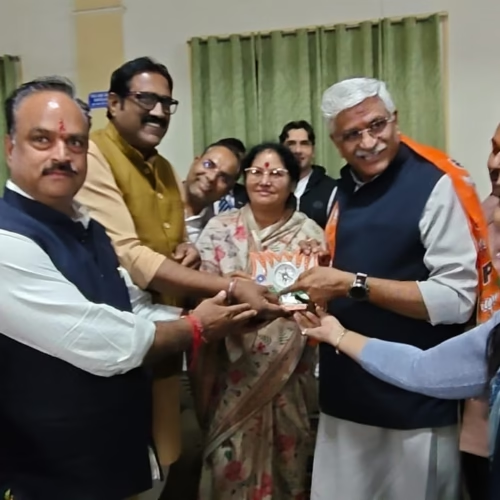

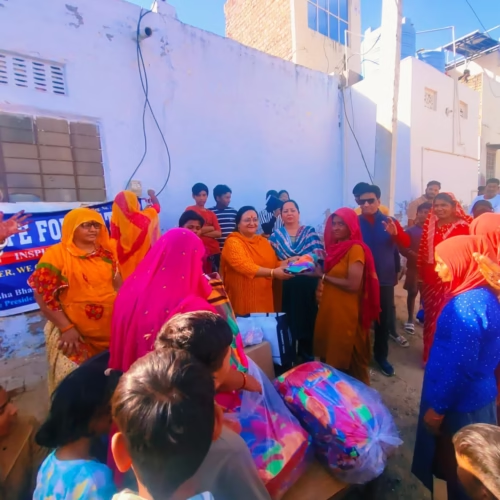
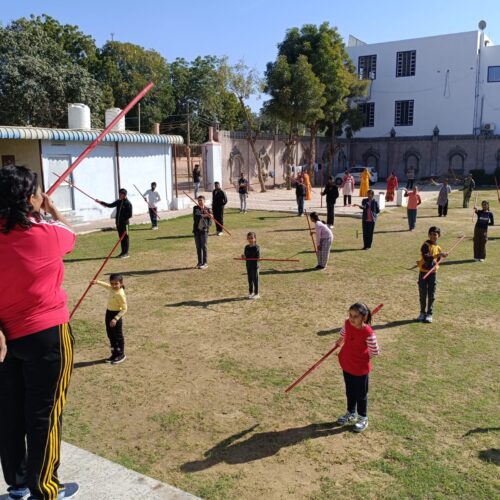
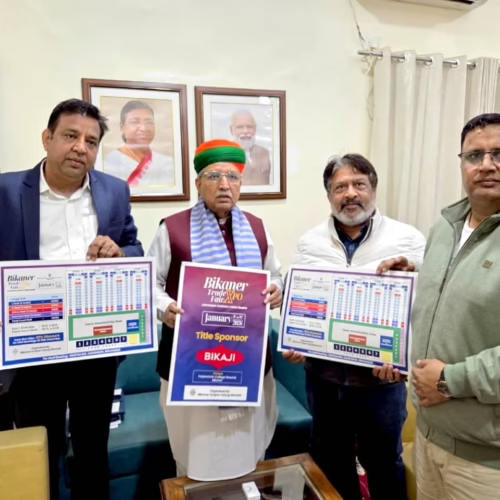

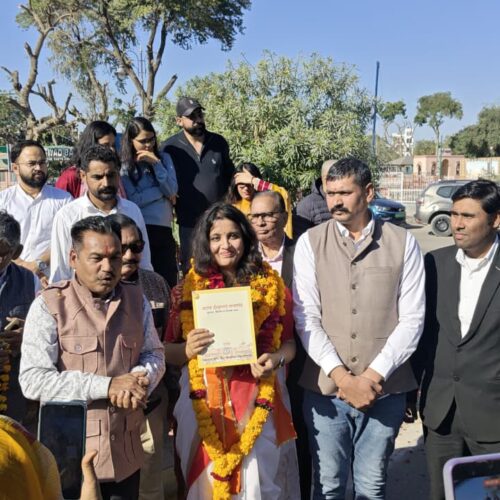

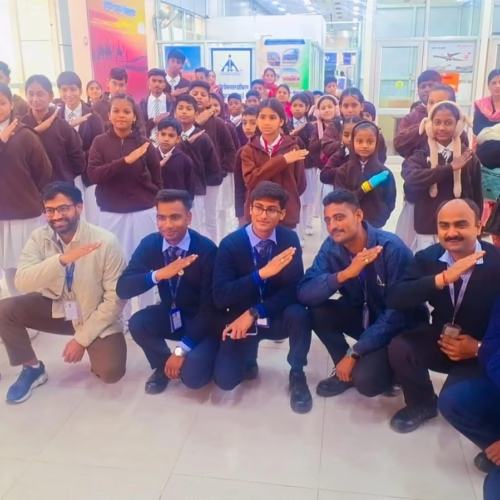


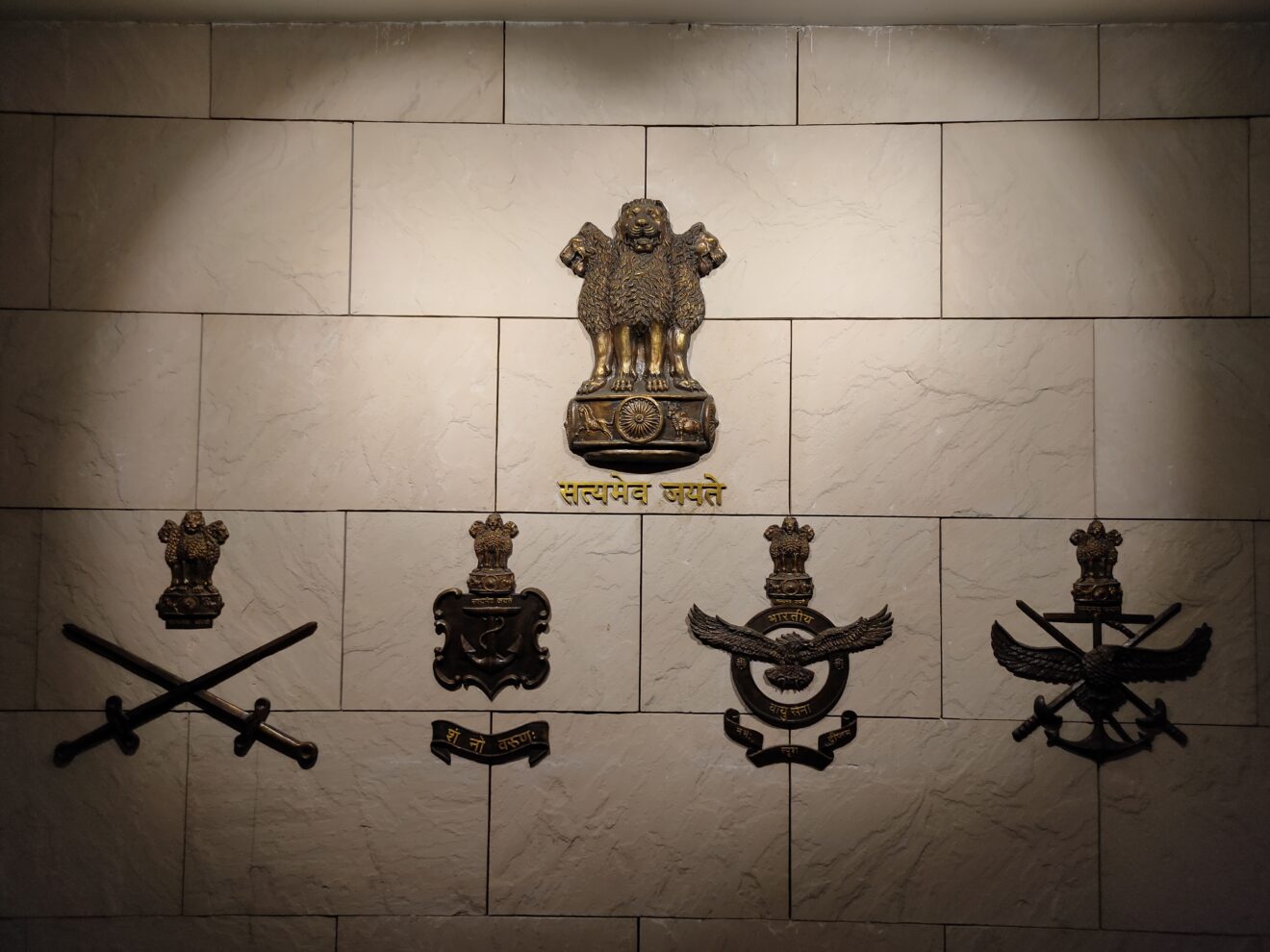




Add Comment